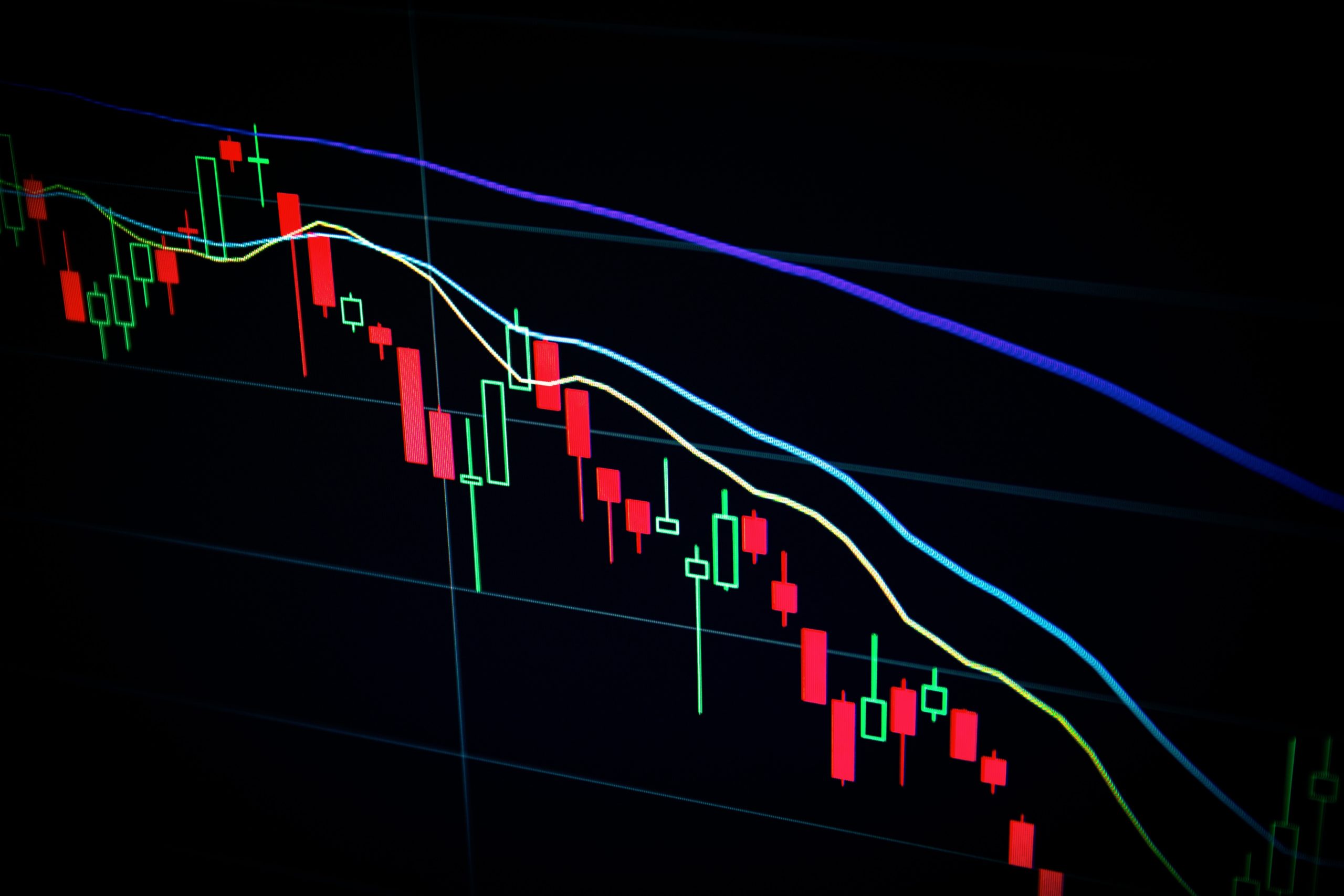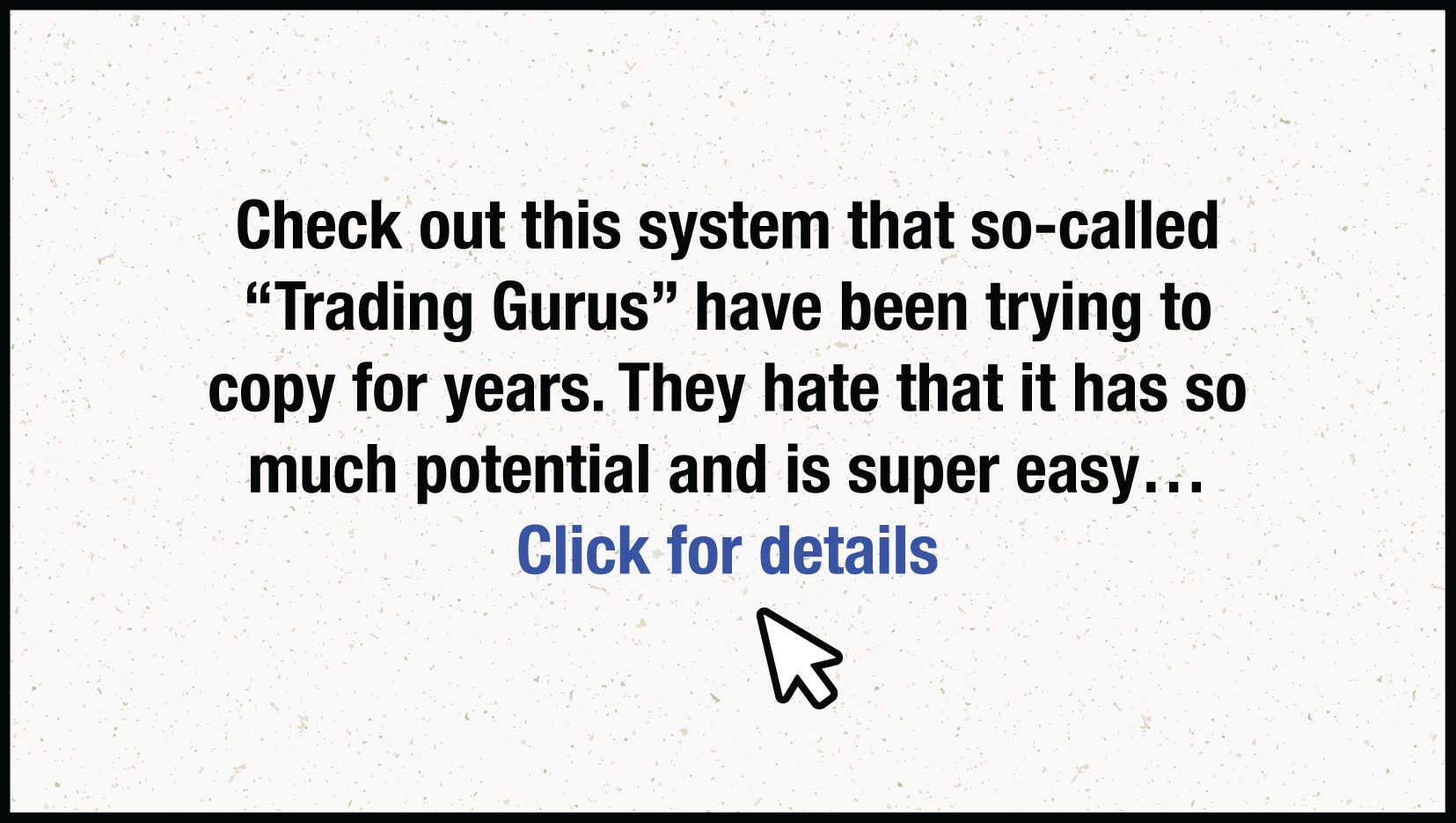I spotted a trade that could bring in an easy 25% using this indicator. Check it out.
Happy Momentum Monday!
My joy comes from teaching everyday people to earn money trading options. It isn’t hard. I explain in easy-to-understand terms when I teach or write a book—like we are comfortably sitting on a deck, discussing the details.
Sputtering SPY
The S&P was down 2 days out of 5 last week. It’s been mostly down for the past several weeks. If the bearish trend continues, we can look at buying Puts.
I am going to focus on the S&P on Mondays and call it “Momentum Monday”. I will focus on SPY, which is the ETF covering companies traded within the SPX Exchange Traded Fund.
Before analyzing SPY’s charts, let’s take a closer look at the ETF and its services.
SPY, or the SPDR S&P 500 trust, is an exchange-traded fund that trades on the NYSE Arca under the symbol SPY. SPDR is an acronym for the Standard & Poor’s Depositary Receipts, the former name of the ETF. It is designed to track the S&P 500 stock market index. This fund is the largest ETF in the world and gives a good overall picture of the market. SPY includes shares from the top 500 companies.
The chart of the S&P below is a weekly chart with a PPO indicator at the bottom. The description coming up next explains how to use the PPO.
The image below is Friday’s price activity.
This chart image is courtesy of FINVIZ.com a free website and gives a quick view of each day’s movement.
Percentage Price Oscillator or PPO
Stockcharts.com provides a great definition of the Percentage Price Oscillator (PPO), which “is a momentum oscillator that measures the difference between two moving averages as a percentage of the larger moving average”. The Percentage Price Oscillator is shown with a signal line, a histogram, and a centerline. Signals are generated with signal line crossovers, center line crossovers, and divergences, or surprising differences.
The PPO reflects the convergence and divergence of two moving averages. PPO is positive when the shorter moving average is above the longer moving average. The indicator moves further into positive territory as the shorter moving average distances itself from the longer moving average. This reflects strong upside momentum.
The PPO is negative when the shorter moving average is below the longer moving average. Negative readings grow when the shorter moving average distances itself from the longer moving average (goes further negative). This reflects strong downside momentum.
The histogram represents the difference between PPO and its EMA, the signal line. The histogram is positive when PPO is above its EMA and negative when PPO is below its EMA. The PPO-Histogram can be used to anticipate signal line crossovers in the PPO.
I am setting the PPO at 13,21,8.
Let’s See Why This Signal Could Offer Potential Trade Info
Each candle on the chart represents price movement over a 5-day (week) period. The last several weeks price has been mostly down. Next week’s candle will start with Monday’s price movement and then each consecutive day of the week will be added or subtracted to Monday’s number to create the weekly candle.
Options often offer a smaller overall investment, covering more shares of stock and potential for greater profits, as well as making money when the price of a stock drops.
I am typing this on Saturday. If price continues to fall Monday or Tuesday, you could consider a Put trade “if” it moves below 411.
Check Out How an Option Trade Could Pay Out Big Time
The stock price as of today (Saturday) is 411.34. If you bought one stock share, it would cost $411.34. However, it would be silly to buy shares of stock if you are expecting it to go down. You would wait until it found a bottom then buy.
If you were trading options and selected a 407-Put option strike, you would pay a premium of around $7.88 for the May 20th (May 22) expiration, or $788 for the 100-share option contract. If price falls to 407, the premium is apt to go up about $2.00. Your premium of $7.88 plus $2.00 = $9.88. That is a profit of 25% over a short period of time.
Remember, you can take profit anywhere along the line, you don’t have to wait for the expiration date to sell. It is often wise to take profit when it is earned, especially in a volatile market.
I love teaching and sharing. It is my “thing”.
Stay positive and know you can do this. Knowing creates positive results! A part of the abundance process is letting go of anything negative, which creates space to receive.
Yours for a prosperous future,
Wendy Kirkland















Recent Comments